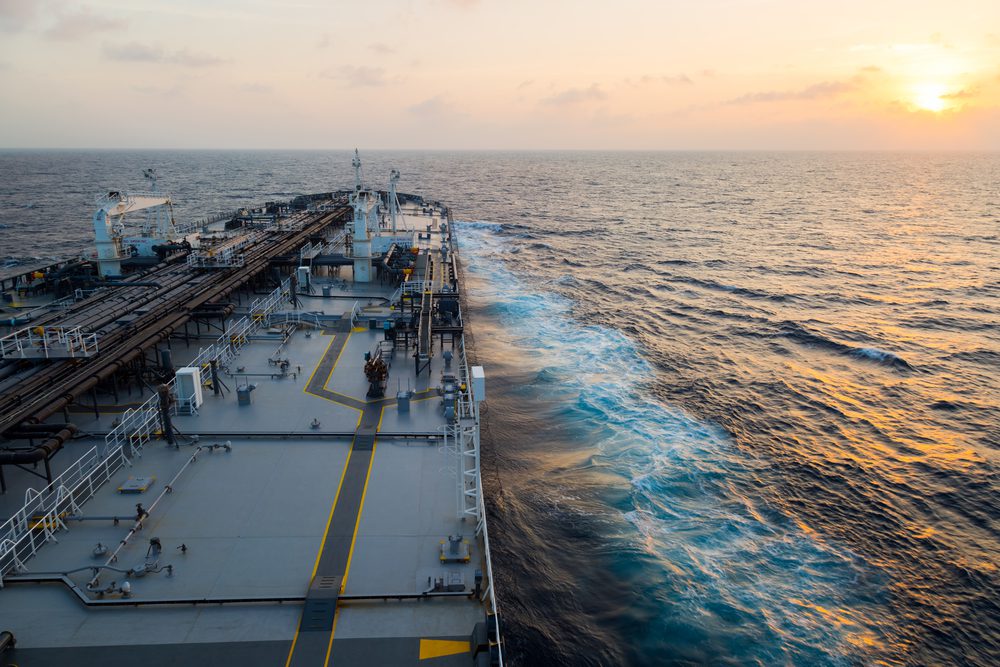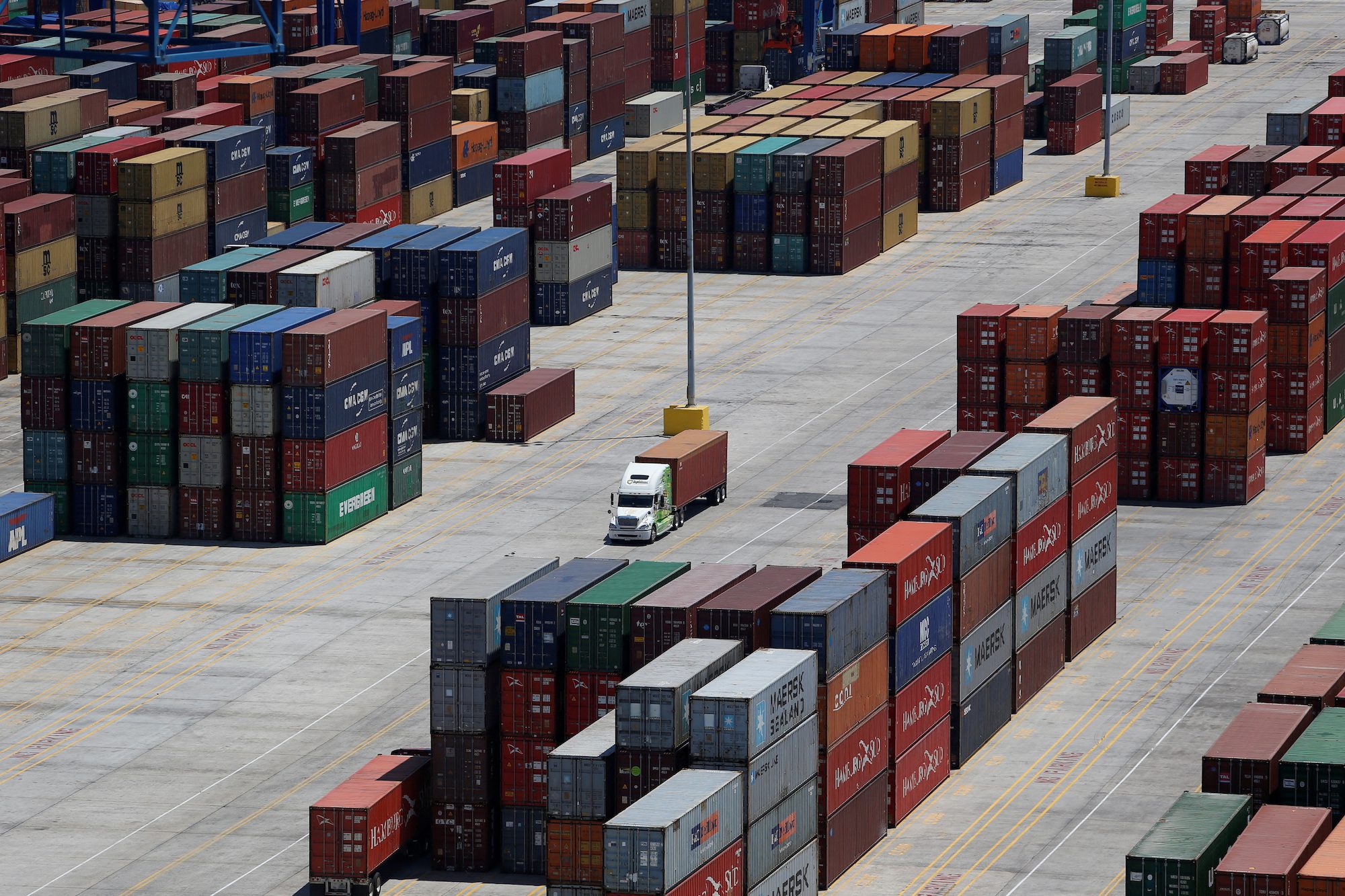By Peter Apps
LONDON, Dec 21 (Reuters) – As the Pentagon asked allies to provide warships for an international task force to protect Red Sea commercial shipping from mounting drone attacks from Yemen this week, one of the United States’ closest partners appeared to be holding back.
According to widespread media reporting within Australia, Prime Minister Anthony Albanese’s government remains reluctant to send one of its three guided missile frigates to the Middle East at a time of simultaneously rising offshore confrontation with China in Southeast Asia.
It is a sign of growing military overstretch affecting both the United States and many of its allies.
Within Washington itself, strategists, officials and analysts are engaged in an increasingly public argument over how the United States should balance its own strategic priorities around the world, particularly supporting Ukraine fight off Russia’s invasion at the same time as bolstering the self-ruled island of Taiwan against potential aggression from Beijing.
U.S. officials such as Defense Secretary Lloyd Austin argue that as the only superpower with truly global reach, the United States retains the ability to “walk and chew gum at the same time”. Increasingly, however, it appears that Washington will finish 2023 handling three increasingly live regional confrontations in Europe, the Middle East and South China Sea as well as broader worries around Taiwan.
Inevitably, the mounting disruption to global trade produced by the Red Sea crisis – as well as the need to avoid the Gaza war turning into a much larger conflict – is now the immediate U.S. priority. The longer attacks continue in the Red Sea, the greater the pressure on the United States to strike Houthi targets within Yemen.
That is something Washington appears desperate to avoid – U.S. troops in Iraq and Syria have already seen a significant uptick in attacks against them from Iranian-backed militia since the Gaza war began. Striking Tehran’s allies in Yemen might well prompt significant escalation on that front, something the Biden administration would rather avoid in an election year.
But that may now be becoming unavoidable. As of Tuesday, Houthi militants had attacked at least 12 commercial vessels, with 25 crew members of the Israeli-owned MV Galaxy Leader still being held prisoner. Perhaps even more importantly, however, large numbers of merchant ships are now avoiding the area altogether, prompting the United States to launch its international Operation Prosperity Guardian naval mission.
U.S., French and British warships – mainly U.S. destroyers – have brought down dozens of attacking drones. That is likely to be an expensive process. The attacking Iran-built drones cost an estimated $2,000 to $20,000 each, but the missiles U.S. and other allied warships are likely using to bring them down may cost in excess of $1-2 million a shot.
While the United States has extensive stockpiles, other nations have fewer rockets in their stores. The last two years have seen unprecedented demand for military ordnance, just as multiple nations face budget constraints alongside a lack of personnel, ships and more.
Over the last two years, the Ukraine war has largely exhausted Western arsenals of artillery shells and a host of short and long-range weapons, while authorities in both Kyiv and Moscow have struggled to find the troops and firepower to make good on planned offensives. Now, combating a sustained drone offensive from Yemen could ultimately exhaust the vital surface-to-air missiles Western warships rely on to defend themselves.
CHALLENGE OF CREDIBILITY
The United States says further military support to the government in Kyiv in 2024 will depend on congressional agreement that appears increasingly challenging. Within Washington itself, a growing number of voices argue that there are limits to what the United States should do in Europe or the Middle East in order to concentrate on what might ultimately be even greater challenges in Asia.
Put together, that offers a range of challenges on a scale the United States and its allies might have found unthinkable before the start of the crisis-ridden 2020s.
Half-way around the world from the Middle East, the United States is simultaneously attempting to manage a mounting confrontation between China and the Philippines, with Chinese coastguard and naval vessels using what appears to be intensifying force against Filipino efforts to resupply its forces on the disputed Second Thomas Shoal.
With the United States pledged by mutual defence treaty to support the Philippines should periodic collisions and use of fire hoses escalate to outright force, that confrontation is being closely watched for its implications across the rest of the Asia-Pacific region, despite what appeared to be a relatively genial U.S.-Chinese November California presidential summit.
In the long run, however, Beijing appears determined to unify Taiwan and the mainland at some point, definitely before the centenary of the end of Communist victory in China’s civil war in 2049. Some anticipate a potential Chinese assault coming much sooner, potentially in the later part of the current decade.
In October, shortly before the summit, U.S. officials complained of Chinese aircraft performing what they described as unsafe manoeuvres near U.S. planes. The following month, Australia complained a Chinese warship had lashed an Australian frigate with its powerful active sonar despite a warning Australian divers were in the water, inflicting hearing injuries.
The latter incident may help explain Australian reluctance to send further vessels to the Middle East.
Up to now, the Biden administration has argued that its support for Ukraine and Israel fits within its broader effort to deter China from attacking Taiwan, showcasing Washington’s commitment to stand behind all allies. Increasingly, however, that dialogue is changing to examine what tough choices the United States and allies might need to make in the years to come.
FEARS OF OVERSTRETCH
Australia is not the only major U.S. ally that looks to be limiting its main contribution to Prosperity Guardian. Canada too looks likely to send a handful of staff officers to the mission’s headquarters rather than a warship, a sign the Ottawa government too would rather conserve its naval forces for priorities in the Pacific.
Japan and South Korea, regular contributors to previous counter piracy U.S.-led forces in the region, are also notable by their absence from the current mission, despite the disruption to shipping also affecting Asian import-export routes.
For now, the carrier USS Dwight D. Eisenhower is reported heading for waters off Yemen and may or may not be planning to strike against the Houthis. That might feel like the standard U.S. response to such a situation, but is now taking place in a much more complex, interconnected world.
According to U.S. officials, Chinese warships ostensibly on counter-piracy operations in the region have taken no action to protect nearby attacked merchant ships, even those owned by Hong Kong firms.
More broadly, however, analysts monitoring shipping patterns say many Russian, Chinese and vessels flagged to other nations had been continuing to transition Aden largely unaffected, some of them suspected to be part of an off-the-box “dark fleet” shipping Russian oil and gas to Asian nations despite Western sanctions.
That poses the most awkward question U.S. and Western officials are avoiding answering – whether they believe the Houthi action might be coordinated not just with Iran, but also potentially with Moscow and Beijing. The signs are mixed, however, with some suspected dark fleet vessels now also circling in the Mediterranean and avoiding the Red Sea.
Some merchant ships including from major Western shipping firms are turning off their identifying systems to make it harder for attackers to tell the origin of a vessel, suggesting they believe that might give them greater safety.
Somehow, the coming weeks will require the world’s merchant shipping lines and navies to find a way to reopen the Red Sea ideally without a wider conflict.
As in Europe, however, where the eventual end of the Ukraine war looks unlikely to stop the wider confrontation between the Kremlin and NATO states, that may simply be the start of a new chapter of widening and worsening international confrontation, continuing to redefine each year what true Western military “overstretch” might really look like.
Peter Apps is a Reuters columnist writing on defence and security issues. He joined Reuters in 2003, reporting from southern Africa and Sri Lanka and on global defence issues. He has been a columnist since 2016. He is also the founder of a think-tank, the Project for Study of the 21st Century, and, since 2016, has been a Labour Party activist and British Army reservist. His first book, “Deterring Armageddon: A Biography of NATO”, will be published in February.
(Editing by Nick Macfie)
(c) Copyright Thomson Reuters 2023.

 Join The Club
Join The Club












